II W.W.
| BEFORE II W.W. | II W.W.
|
AFTER II W.W. |
| UPDATED MAR 2024 | ME - CONTACT |
|
|
GRUMMAN F6F HELLCAT --- WALTHAM CDIACivil Date Indicator Aeronautical |
|
 |
 |
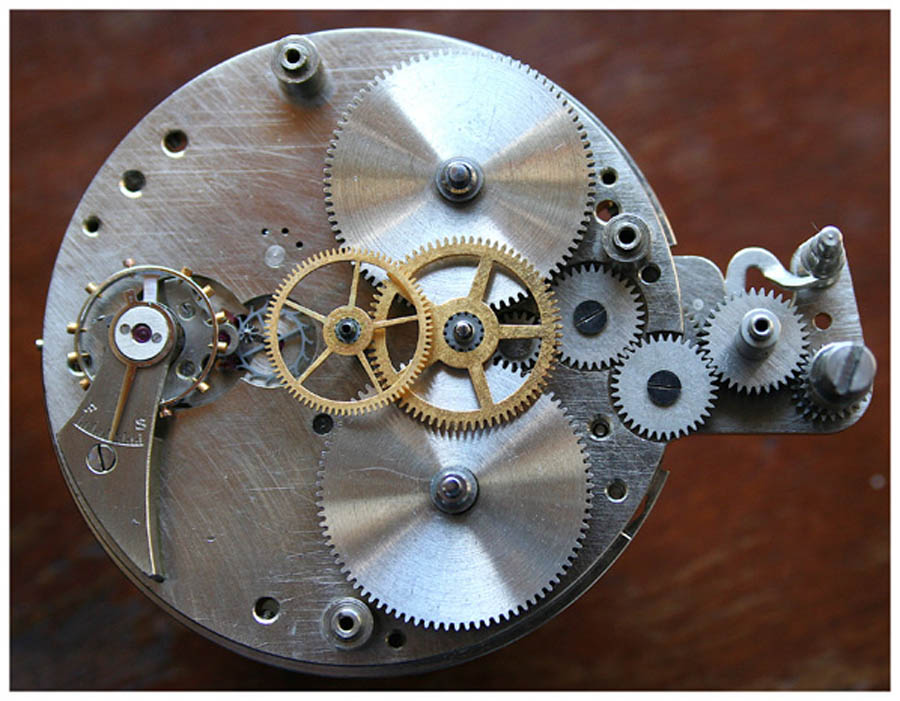 |
|
 |
THE CLOCKAt the beginning of the Second World War, the clock provisions for the United States Army coming from Switzerland couldn´t be guaranteed in the moment when they were mostly needed. Clocks were ordered from different factories such as Waltham, Elgin, and Witnauer.Waltham designed this movement in 1910. The production for this clock took place between 1941 and 1944. It has 15 jewels, double spring barrel with power for eight days. It was the last 37 caliber clock built buy Walthman.The winding and setting knob is situated in the fifteenth hour of the dial, and in its normal position it winds up clockwise, it can be winded up in the opposite way without any consequences. Pulling the knob we can adjust the time. The date is to be adjusted by pushing a small button placed beside the knob, it has a small label saying DATE.The clock was widely used in various airplanes from the Second World War such as PBY Catalina, PB4Y Privateer (Bomber from the navy that comes from the B 24 Liberator), TBM Avenger from the American marine used in the Midway battle, (George Bush’s father was knocked down in this airplane by the Japanese), Grumman F4 Hellcat and F6 Wildcat, the most emblematic airplane embarked from the Pacific War.THE AIRPLANEBetween January 1943 and November 1945, 12.275 Hellcats were built, with a ratio of 11 knock downs for each Hellcat knocked down. It was the main responsible (next to the F4U Corsair) for America’s aerial supremacy in the Pacific.The Hellcats knocked down 4.947 out of 6.477 Japanese airplanes during the Second World War. They were used in the aircraft carriers such as USS Essex, Yorktown, Independence, USS Belleau and Princetown. The FAA (Fleet Air Army of the English navy) received 932 Hellcats thanks to the "Lend and lease program".THE COCKPITThe airplane was big, robust, simple, reliable, with a big and well organized cabin, excellent visibility for combat and landing in the aircraft carriers. It was the first one to carry a switch to pull up the landing gear instead of a lever, and for folding the wings.At the left the third ace of the US Navy Eugene A. Valencia with pilots of his squadron “The flying circus of Valencia”. He’s the first on the left). |
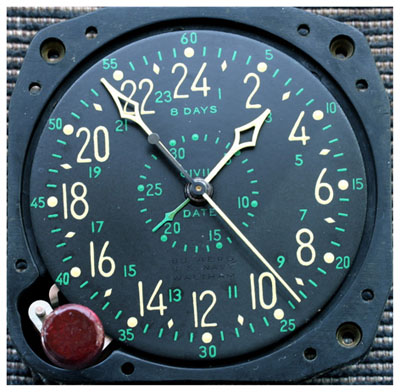 |
|
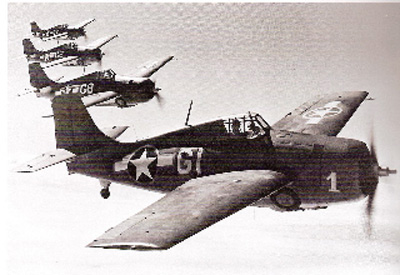 |
|
 |
|
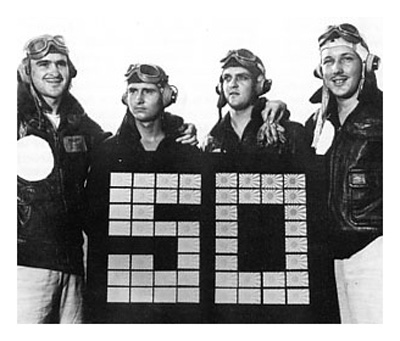 |
|
HISTORY OF THE ACES OF THE F6F HELLCAT |
|
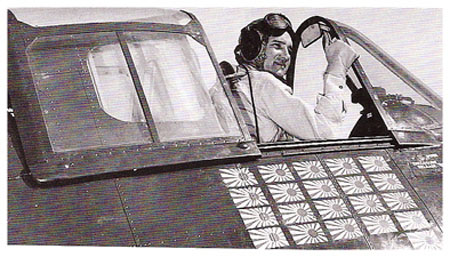 |
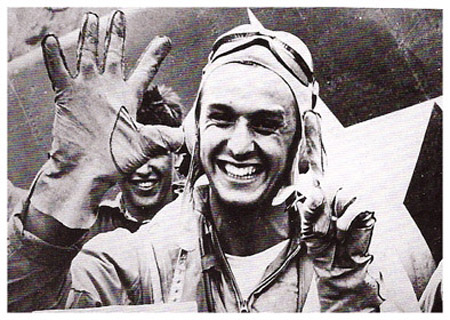 |
David McCampbell, the first ace of the US Navy in the Second World War with 34 knock downs. The same morning that the admiral Sherman was named commandant in chief of the aerial group of US ESSEX, he was forbidden to fly (he was already a famous ace of the navy). However that morning one of the radars spotted 3 big groups of Japanese airplanes heading towards the aircraft carrier. The speakers called al available pilots to get on their plane. Without a doubt, he took off in his hellcat and destroyed nine Japanese airplanes. He landed with 10 minutes of fuel left and turned into the Ace in knock downs in a day. |
|
Alex Vracio, fourth ace of the US NAVY with 19 victories. On the nineteenth of June (1944), he knocked down 6 Japanese bombers in 8 minutes with 360 shots. In the picture, the exciting return from the mission signaling the six knock downs. The next day, he reached his 19 knock down, what turned him into the maximum ace of the US NAVY. As the first ace, he was sent to sell war bonds for the war. He arranged himself to come back, and on his second mission, he was knocked down by the Japanese artillery. He was recovered 6 weeks later. |
|
GO TO - CLOCKS FOR SALE |
GO TOP OF THE PAGE |
HOME |